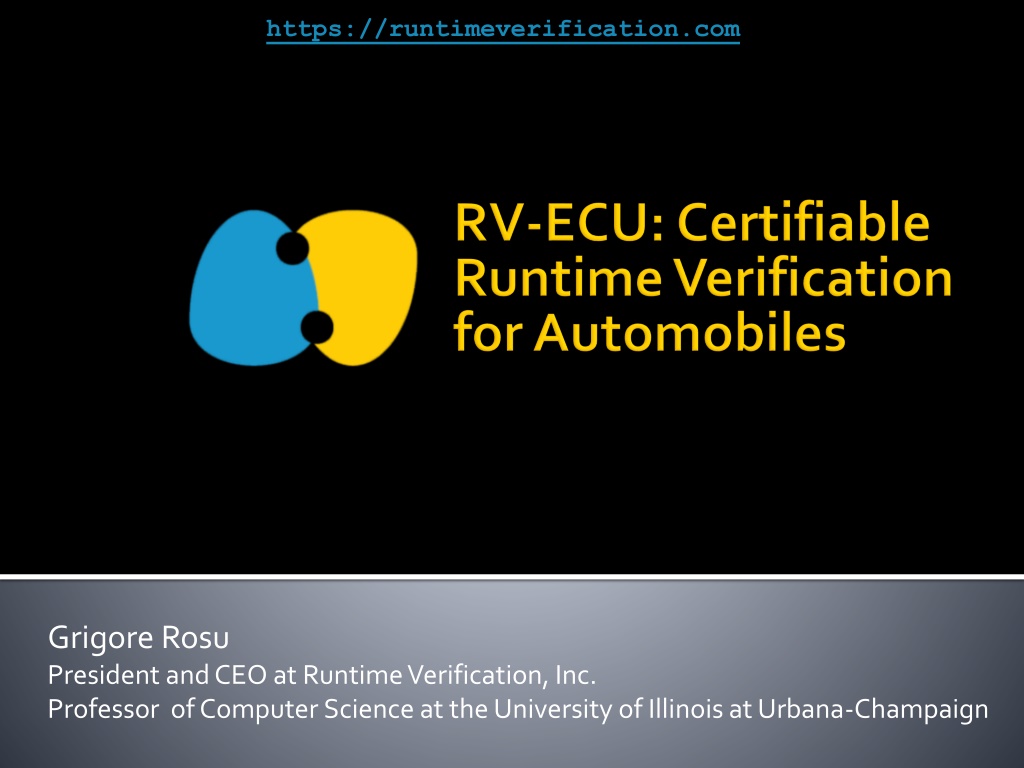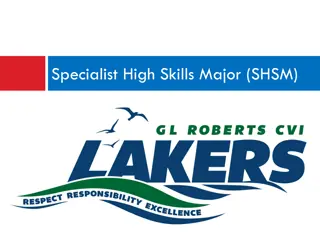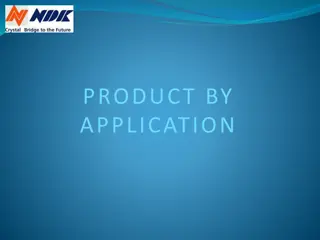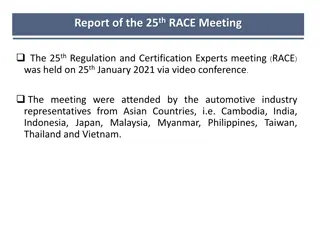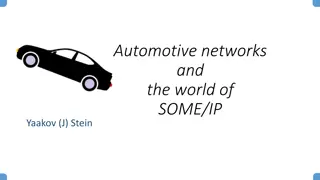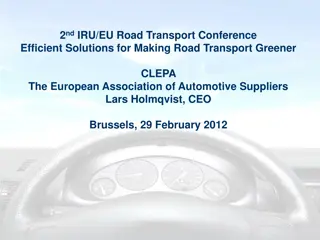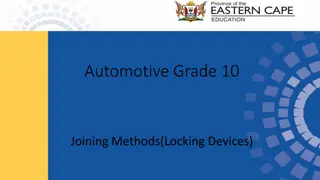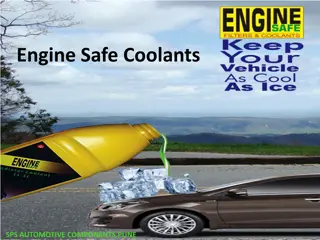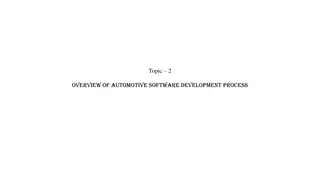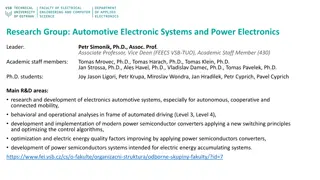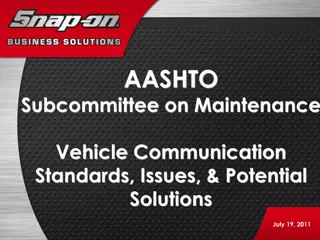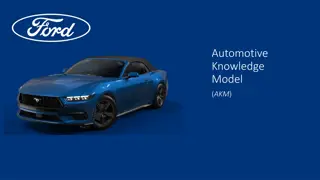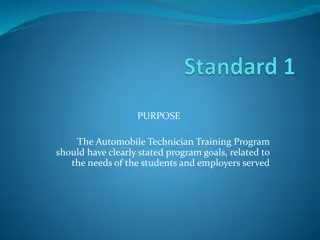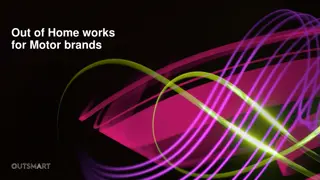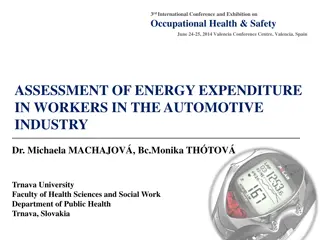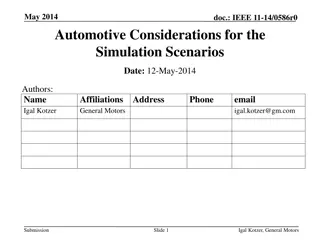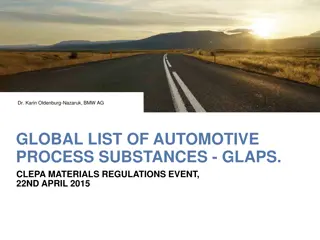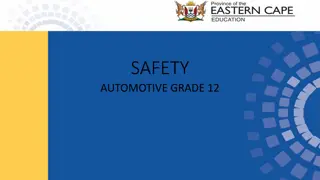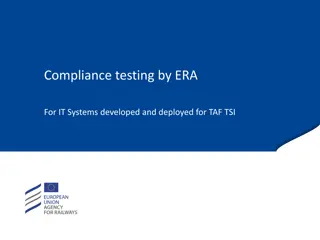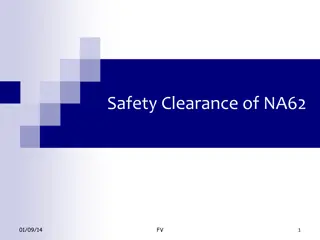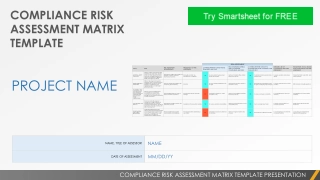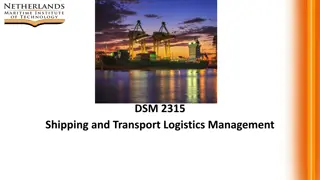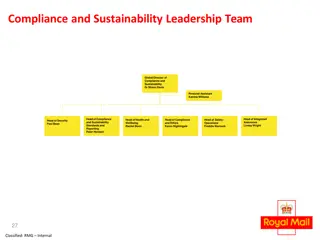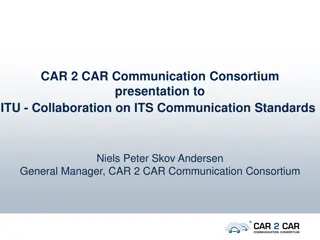Innovations in Automotive Safety and Compliance Solutions
Grigore Rosu, President and CEO at Runtime Verification, introduces groundbreaking technology to reduce car recalls and enhance safety in modern automobiles. Through dynamic updates and formal safety specifications, the system ensures compliance with standards like ISO 26262, improving communication and testing efficiency between OEMs and suppliers. Addressing the critical issue of recalls due to software-related failures, this innovative approach separates safety from functionality, offering a transformative solution for the automotive industry.
Download Presentation

Please find below an Image/Link to download the presentation.
The content on the website is provided AS IS for your information and personal use only. It may not be sold, licensed, or shared on other websites without obtaining consent from the author. Download presentation by click this link. If you encounter any issues during the download, it is possible that the publisher has removed the file from their server.
E N D
Presentation Transcript
https://runtimeverification.com Grigore Rosu President and CEO at Runtime Verification, Inc. Professor of Computer Science at the University of Illinois at Urbana-Champaign
NSF (Phase I) and NASA (Phase II) SBIR grants Want to be sure technology is useful before developing it What you can get from it Reduce or avoid car recalls Safety requirements not violated, dynamically updatable Even if car is hacked (no distinction between hacked or malfunctioning ECU) Easier compliance to ISO 26262 for safety Safety monitors generated automatically (provably correct) Enhanced communication between OEMs and suppliers Formal safety specifications will be required and shared Easier, better, faster testing Separation of major concerns: safety versus functionality
Modern automobiles highly computerized, including dozens of Electronic Control Units (ECUs) communicating over the CAN bus
Recall is the most important unsolved problem in automotive Recalls are costly ($2B+) and bad for business, and software related recalls are (increasingly) common
More ECUs, more money on electronics, more features, more code Source: "Automotive Embedded Software Verification and Validation Strategies", Shankar Akella, Emmeskay Advanced Technology Solutions
ISO 26262 changing the face of automotive: first functional safety standard, in response to growing software complexity trends Both OEMs and suppliers scrambling for compliance
Current state-of-the-art not ideal Formal safety requirements not available OEMs blame suppliers, suppliers blame OEMs ECUs developed by suppliers; code not available Poor CAN bus architecture Any ECU can send messages to any other ECU ECU sent messages cannot be stopped
Local monitors RV-ECU: in charge of monitoring global safety Provably correct (both monitoring and recovery code) ECUs locally monitored Their critical CAN bus messages approved by local monitors Local monitors communicate with RV-ECU Local monitors achieved by instrumentation or API Global monitor
Global monitor Usual ECU Code ECU ECU RV-ECU Local monitor CAN Bus All monitoring code (red) generated automatically from safety requirements; recovery code verified Certifiably correct (checkable proofs also generated) Local monitors added through instrumentation (automatically) or provided API, and can Prevent ECU from sending wrong messages Consult with RV-ECU to assure global safety Add authentication
Informal requirements Formal requirements d : always (Open(d) implies not Lock since UnLock) @violation : Close(d) Safe door lock Doors should always open only if they were unlocked in the past and not locked since then; at violation, close door. (hundreds of these) Formalize requirements (by domain experts, using various formalisms; here an interval logic) Automatically generated Monitor for each d // One such monitor instance // in RV-ECU for each door d State: one bit, b b = UnLock || !Lock && b if (Open && !b) then send(Close) Provably correct
Prototype RV-ECU on an STM ECU board STM3210C-EVAL Working on a real car (model omitted) controlling wipers, windows, doors soon engine and brakes For the time being, local monitors intended to be as simple as just requesting acknowledgements for messages to be sent on the bus from RV-ECU So RV-ECU does all monitoring, but local monitors ensure that safety violating messages are not sent
Certifiable runtime monitoring code generation Technology developed at the University of Illinois over a period of more than 12 years, funded with more than $6M by NSF, NASA, DARPA, NSA, Boeing Product for increasing safety in cars to be developed in our small company with SBIR funding from NSF, NASA, and research collaborations with automotive companies Main insight: separate safety from functionality and take no chances with safety (use highest assurance known for it!) Practical impact sought: Looking for collaboration, partnership, leverage, matching funding (for our NASA and NSF grants)
